
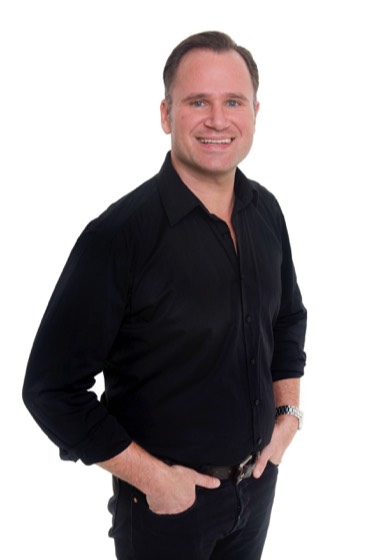
Pablo Tymoszuk
(DRMT, AMTA1686)
Pablo is a soft tissue therapist specialising in remedial, myofascial and dry needling techniques. He is based in Melbourne, Australia where he works at Olympic Park Sports Medicine Centre and at his private practice and when not in Australia he consultants at the COMO Shambhala Estate, Bali and COMO Shambhala Urban Escape, Singapore.
He has over 18 years of experience in treating musculoskeletal injuries and conditions and has worked extensively with elite sporting clubs in Australia (Collingwood Football Club, Richmond Football Club and Australian Cricket Team). His patients range from Olympic athletes to office workers.
Pablo also acts as an ergonomic specialist on how to set up computer workstations. He has a particular interest in the role of bad posture in causing headaches, including severe headaches which have been medically diagnosed as migraine.
Over the years he has seen a dramatic increase in the number of his patients who come from outside the sporting world and who require remedial massage treatment for headaches, migraines, neck pain and lower back pain. These are mostly the result of poor posture, long hours spent in front of computers, tablets and smart phones and stress.
(DRMT, AMTA1686)
Pablo is a soft tissue therapist specialising in remedial, myofascial and dry needling techniques. He is based in Melbourne, Australia where he works at Olympic Park Sports Medicine Centre and at his private practice and when not in Australia he consultants at the COMO Shambhala Estate, Bali and COMO Shambhala Urban Escape, Singapore.
He has over 18 years of experience in treating musculoskeletal injuries and conditions and has worked extensively with elite sporting clubs in Australia (Collingwood Football Club, Richmond Football Club and Australian Cricket Team). His patients range from Olympic athletes to office workers.
Pablo also acts as an ergonomic specialist on how to set up computer workstations. He has a particular interest in the role of bad posture in causing headaches, including severe headaches which have been medically diagnosed as migraine.
Over the years he has seen a dramatic increase in the number of his patients who come from outside the sporting world and who require remedial massage treatment for headaches, migraines, neck pain and lower back pain. These are mostly the result of poor posture, long hours spent in front of computers, tablets and smart phones and stress.
Click below to find out more about Pablo's story and his professional experience of treating headache and migraine sufferers...
-
>> CLICK HERE
Open or Close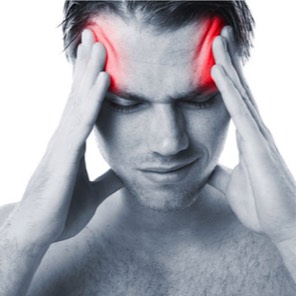 Pablo's StoryHis professional experience of treating headache and migraine sufferers
Pablo's StoryHis professional experience of treating headache and migraine sufferers
For over 15 years I’ve listened as patients and friends told me about their headache pain and how it was stopping them living a normal life. Many were spending in excess of $1000 per year on medications, doctors visits and other treatments.In spite of all this effort and expenditure on medications, any relief of pain that my patients and friends managed to achieve was short-livedThese treatments even extended to receiving regular intravenous infusion of a veterinary anaesthetic as an in-patient at a specialist pain clinic. However, in spite of all this effort and expenditure on medications, any relief of pain that my patients and friends managed to achieve was short-lived.
Most worried that the constant intake of drugs would harm their body and health. Some, particularly those who had been diagnosed with migraine, resigned themselves to the idea that they would have to live with their headache pain for the rest of their lives.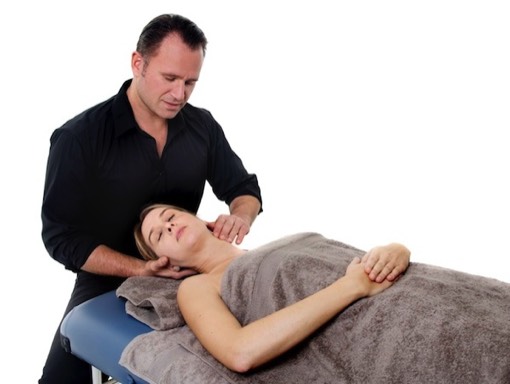 Patients almost disabled by severe migraine pain have experienced considerable relief after just a few sessionsAs a soft tissue therapist, I have successfully treated patients’ headache pain by manual therapy, by releasing tight neck and jaw muscles and by making stiff neck joints more mobile.
Patients almost disabled by severe migraine pain have experienced considerable relief after just a few sessionsAs a soft tissue therapist, I have successfully treated patients’ headache pain by manual therapy, by releasing tight neck and jaw muscles and by making stiff neck joints more mobile.
These tight areas are generally the result of factors such as poor posture and excessive sitting, together with stress and tension.
Even patients almost disabled by severe migraine pain have experienced considerable relief after just a few sessions. The methods I use are a well-established part of treating musculoskeletal pain anywhere in the body – there is nothing secret about them.
A major part of my work is the treatment of muscular trigger points, which are hard, pressure sensitive knots that form in tight muscles. Muscular trigger points can produce what is called referred pain. This is pain that is not felt where it originates but seems instead to come from somewhere else. The pain produced by trigger points in certain muscles of the neck and jaw feels as if it is coming from the head.Trigger points can also cause symptoms which we would not expect had anything to do with muscles. For example, trigger points in one of the powerful muscles in the front of the neck can cause nausea and visual disturbance – symptoms that plague migraine sufferers.
I am fortunate in that the doctors where I work recognise the important contribution that muscular trigger points make to pain in general, and to headache pain in particular. However, I have found that this is not very common.
Based on what I hear from my patients, most doctors, even those in specialist pain clinics, tend to pay little or no attention to muscular trigger points. Many either don’t seem to know about them, or are not convinced that they actually exist. Treatment typically revolves around monitoring patients’ response to medications, especially ever-more powerful pain-killers.
However headache treatment and prevention is not just about manual therapy. I see it as part of my professional role to discuss the importance of a healthy lifestyle with my patients. Some of the factors I consider are exercise, posture, diet, sleep and stress levels. Correcting factors such as these can prevent headaches recurring in the future, or at the very least reduce their frequency.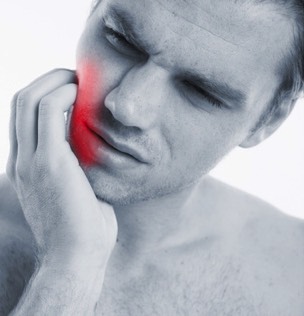 ... pain produced by trigger points in certain muscles of the neck and jaw feels as if it is coming from the headI too used to suffer from headaches. After spending a lot of time looking into the many ways available for treating headache pain without drugs, I found some that work for me. Since I learnt to recognise the signs in my own body and put these strategies into practice, headaches are a thing of the past. Sometimes it is as simple as stretching or drinking more water.… most doctors, even those in specialist pain clinics, tend to pay little or no attention to muscular trigger points. Many either don't seem to know about them, or are not convinced that they actually exist
... pain produced by trigger points in certain muscles of the neck and jaw feels as if it is coming from the headI too used to suffer from headaches. After spending a lot of time looking into the many ways available for treating headache pain without drugs, I found some that work for me. Since I learnt to recognise the signs in my own body and put these strategies into practice, headaches are a thing of the past. Sometimes it is as simple as stretching or drinking more water.… most doctors, even those in specialist pain clinics, tend to pay little or no attention to muscular trigger points. Many either don't seem to know about them, or are not convinced that they actually exist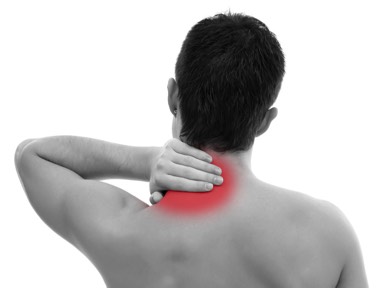 So as I heard my patients’ stories of expensive and failed attempts to be rid of headaches with medications, I came to realise that many people need a natural solution to headache pain. I wanted to pass on what I had found out. This book is the result of my experience and research.by Pablo Tymoszuk | Google+ | Photo Credits: Fotolia
So as I heard my patients’ stories of expensive and failed attempts to be rid of headaches with medications, I came to realise that many people need a natural solution to headache pain. I wanted to pass on what I had found out. This book is the result of my experience and research.by Pablo Tymoszuk | Google+ | Photo Credits: Fotolia
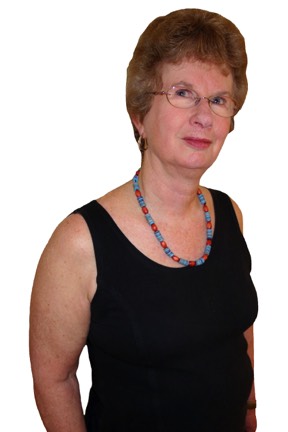
Dr Margaret Scarlett
(PhD, Dip Ed, MRACI)
9th Sept 1946 - 11th Oct 2015
Margaret was a scientist and independent researcher with a doctorate in chemistry. She had 29 years of experience in writing and producing detailed university lecture booklets and practical manuals and has published papers in areas ranging from analysis of environmental pollutants to the structure of molecules in interstellar clouds. She also had a long-term interest in health and in understanding what science lies behind the often conflicting advice about health that the media bombard us with.
Margaret regularly received treatment from Pablo to help manage wide-spread muscular pain and stiffness due to fibromyalgia. She was keen to raise awareness of the role that the muscles can play in causing pain of all sorts, from headache to low back pain to tennis elbow and frozen shoulder. It is something which many medical practitioners and even some manual therapists ignore or underestimate.
(PhD, Dip Ed, MRACI)
9th Sept 1946 - 11th Oct 2015
Margaret was a scientist and independent researcher with a doctorate in chemistry. She had 29 years of experience in writing and producing detailed university lecture booklets and practical manuals and has published papers in areas ranging from analysis of environmental pollutants to the structure of molecules in interstellar clouds. She also had a long-term interest in health and in understanding what science lies behind the often conflicting advice about health that the media bombard us with.
Margaret regularly received treatment from Pablo to help manage wide-spread muscular pain and stiffness due to fibromyalgia. She was keen to raise awareness of the role that the muscles can play in causing pain of all sorts, from headache to low back pain to tennis elbow and frozen shoulder. It is something which many medical practitioners and even some manual therapists ignore or underestimate.
Click below to find out more about Margaret's story and her perspective on headaches and the importance of reliable information...
-
>> CLICK HERE
Open or Close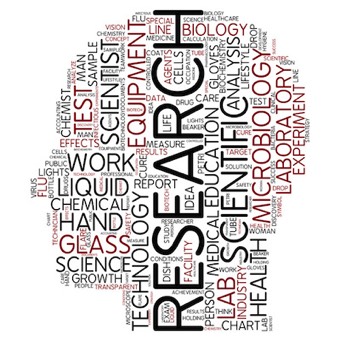 Margaret's StoryHer perspective on headaches and the importance of reliable information
Margaret's StoryHer perspective on headaches and the importance of reliable information
When Pablo first mentioned the good results he was getting with headache patients by treating muscular trigger points I was initially surprised. I already knew first hand how effective this treatment was for relieving pain elsewhere in the body. But because I fortunately rarely suffer from headaches of any sort I hadn’t given them much thought.I think we are all so conditioned by the advertising into treating headache pain that we are deaf to what pain is telling usTo me, headaches just seemed to arise and I had not ever considered what the underlying causes might be. I think we are all so conditioned by advertising into treating headache pain that we are deaf to what that pain is telling us.
In my case, on the very few occasions I ever did get a headache, it was telling me that I was dehydrated, or lacking sleep, or both. The idea that tight muscles could cause headaches was new to me. However, I had already been surprised and disappointed by the way most family doctors and even pain specialists appeared to ignore the muscles as a source of pain, and that the concept of referred pain from muscular trigger points seemed to be almost unknown. This is something which affected me personally.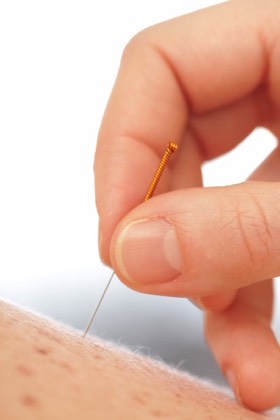 It is not as if muscular trigger points are some type of fringe area - there is plenty of direct, conclusive evidence for their existence published in mainstream peer-reviewed scientific journalsIt is not as if muscular trigger points are some type of fringe area – there is plenty of direct, conclusive evidence for their existence published in mainstream peer-reviewed scientific journals. This was something I verified for myself when I first heard about them.
It is not as if muscular trigger points are some type of fringe area - there is plenty of direct, conclusive evidence for their existence published in mainstream peer-reviewed scientific journalsIt is not as if muscular trigger points are some type of fringe area – there is plenty of direct, conclusive evidence for their existence published in mainstream peer-reviewed scientific journals. This was something I verified for myself when I first heard about them.
There is also an ever-increasing body of research demonstrating the importance of muscular trigger points as a source of headache pain. Chapter 7 presents a brief overview of the evidence so you can judge for yourself.
Unfortunately it seems to take a long time for the findings of medical research to filter down into medical courses and general practice. This may explain why internet sites devoted to headaches, including those run by various government health departments, headache foundations, self-help groups and medical organisations, rarely mention muscular trigger points.
I am certainly not suggesting that muscular trigger points are the sole answer to headache pain. However they are an important but little known cause, and one that can be treated without medication.
As I did some research of my own into headaches, like Pablo I became convinced that headaches are greatly over-medicated. For example, I was not previously aware that over-use of pain-killers for headache could itself actually cause headaches.So I am particularly concerned about the aggressive mass-marketing of over-the-counter pain-killers. Having witnessed the epidemic of kidney failure in the 1970s in Australia which followed prolonged overuse of similar medications, it seems to me that we have not learnt anything from history.Much of the information on the internet about various non-drug alternatives tends to be presented with little if any scientific justification. Not surprisingly, doctors doubt the reliability of much of this information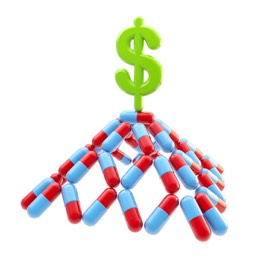 Unfortunately much of the information on the internet about various non-drug alternatives tends to be presented in a rather piecemeal fashion, with little if any scientific justification. Not surprisingly, doctors doubt the reliability of much of this information.
Unfortunately much of the information on the internet about various non-drug alternatives tends to be presented in a rather piecemeal fashion, with little if any scientific justification. Not surprisingly, doctors doubt the reliability of much of this information.
This book is scientifically based. It cites references to the scientific literature and to recent medical text-books. You can find full details of the references cited in each chapter in a special References Section at the end of the book. Where possible, references are to PubMed, a service of the US National Library of Medicine, which publishes abstracts (summaries) of health related scientific papers.Photo Credits: Fotolia




